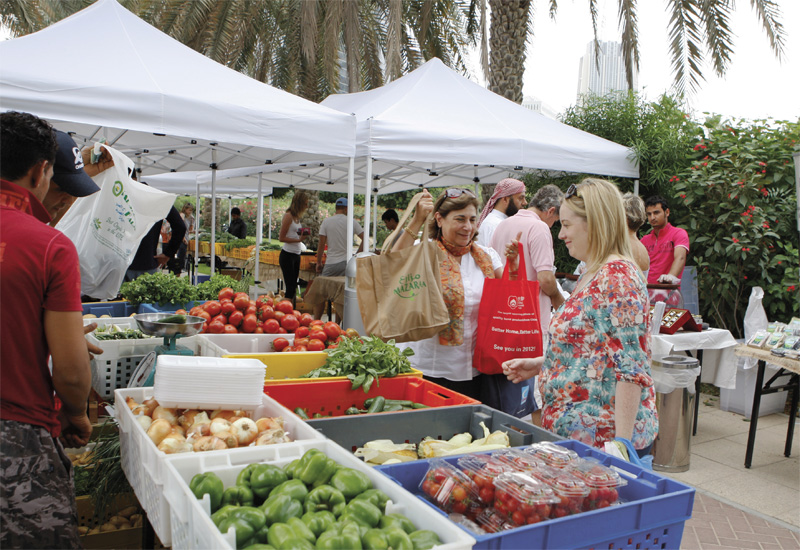This week, discussions at three day exhibition, SIAL 2015 World Summit, indicate record growth in the region’s organic farming industry.
SIAL 2015 chairman of the organizing committee, and Abu Dhabi Food Control Authority (ADFCA) acting director of communications and community service, Ali Yousef Al Saad commented: “Food security throughout the region remains one of the most dominant topics of discussion as regional demand for food imports rises due to an expanding population, a booming tourism industry, increasing per capita income and limited water resources. The developments being made in the organic food industry are just one example of the innovative work being done in the region benefitting the economy and business.”

| Advertisement |
Innovations in the organic industry, as well as changing consumer habits, lead the 2014 report by Frost and Sullivan to predict that the market in the GCC will reach $1.5 billion by 2018. Since 2007, the number of organic farms in the region has risen to 39, covering a total of 3,920 hectares, compared to just 218 hectares back in 2007.
Reports by the US Trade Bureau Data also indicate that the GCC is the biggest importer of regional organic products from the USA. The figure has risen from $4 million in 2011 to alomost $25 million in 2014.

| Advertisement |
‘The future of sustainable food consumption and organic trends’ panel discussion took place at day one of SIAL 2015. Here, International Trade, Organic Trade Association (OTA) associate director Monique Marez commented: “The UAE is quickly becoming a key market for organic products. Organic exports from the United States to Abu Dhabi have increased by 346% from 2011 to 2014 and sales for the first half of 2015 have already surpassed the total for 2014. More and more customers are becoming aware of the benefits of organic and are making choices to incorporate organic products when possible. This of course is limited by available supply, however the organic customer is a loyal customer and does not often go back to conventional once the switch has been made.”









 Search our database of more than 2,700 industry companies
Search our database of more than 2,700 industry companies









